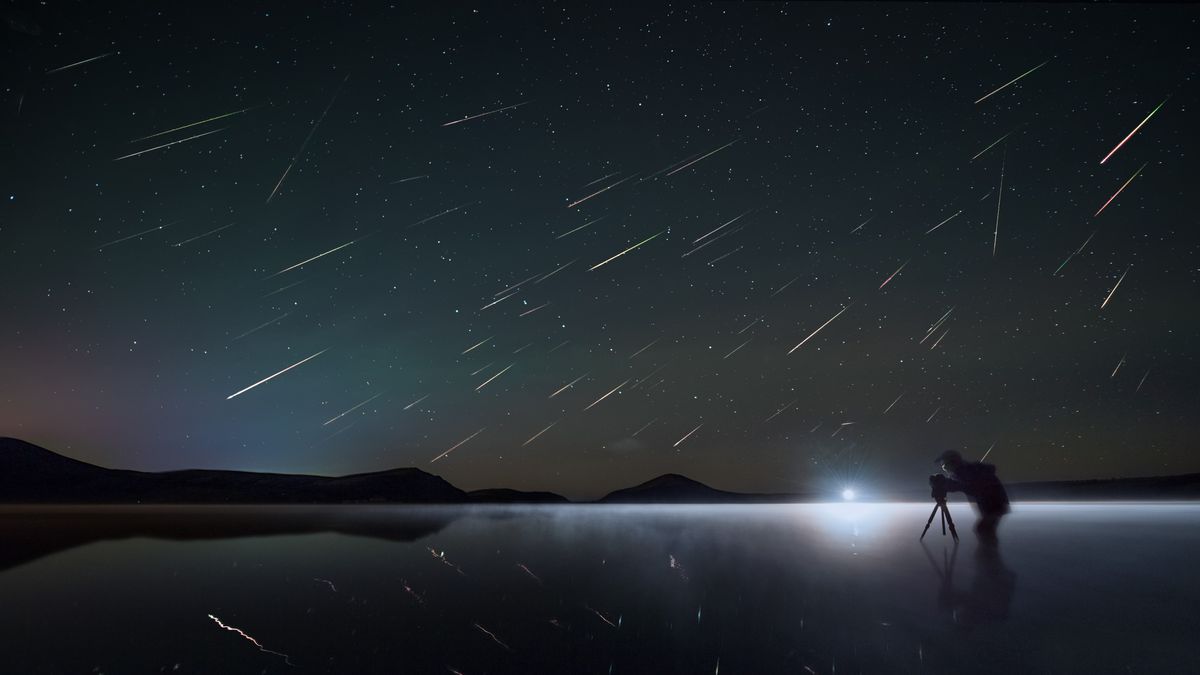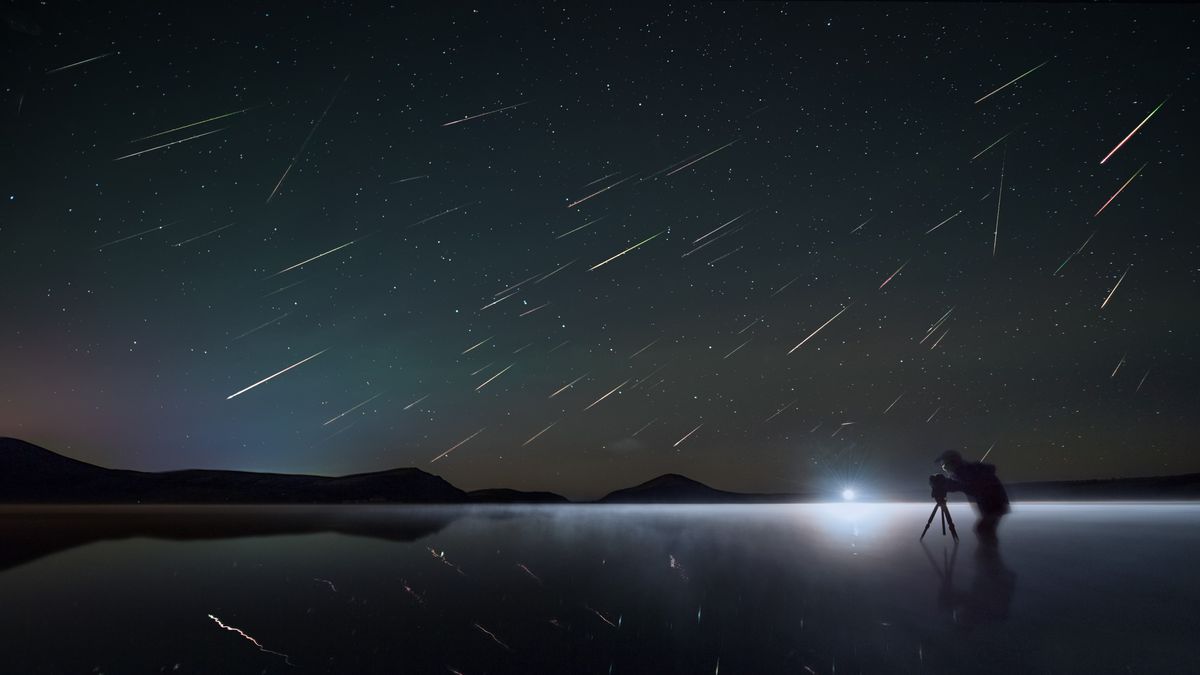
The annual Perseid meteor shower will peak overnight Saturday (Aug. 12), and skywatchers can catch the celestial event at its most active from the comfort of their homes.
The Virtual Telescope Project will provide a view of the Perseids’ peak using its all-sky camera from its facility in Manciano, Italy. The remote region offers the perfect dark skies in which to see the famous Perseid meteors.
“We will be covering the Perseid meteor shower, sharing it live on the night of its peak online!” Virtual Telescope Project founder and astronomer Gianluca Masi said in an email to Space.com. “This year, the sky conditions will be good, with almost no moon interference. We will be taking images from our facility in Manciano, in the Maremma countryside, under one of the darkest skies in Italy.”
The free online live stream will start at 9:30 p.m. EDT on Saturday (01:30 GMT on Sunday), coinciding with the peak of the meteor shower. You can watch the livestream here on Space.com courtesy of the Virtual Telescope Project or directly on their WebTV page or YouTube channel.
Related: Meteor showers 2023: When is the next one?
The annual Perseid meteor shower is active between July 17 and Aug. 24, according to the Royal Museums Greenwich. The Perseid shower is often a highlight in the calendar of meteor hunters across the globe because it can produce up to 100 meteors per hour and creates bright fireballs and impressive shooting star displays.
The meteor show is called the Perseids because the radiant — the point the meteors appear to stream to Earth from — is located in the constellation of Perseus.
The origin of the Perseids is a cloud of debris left in the inner solar system by the Comet 109P/Swift-Tuttle. Earth wades through this debris of ice and rock fragments every summer as it orbits the sun.
These fragments enter Earth’s atmosphere at speeds as great as 130,000 mph (209,000 kph), about 85 times the top speed of a jet fighter! This causes the air in front of the debris to be compressed and heated to thousands of degrees. As a result, larger fragments of rock and ice explode as fireballs; smaller pieces of 109P/Swift-Tuttle are vaporized more gradually and leave a trail of light in their wake as they streak through the atmosphere.
If you are hoping to catch a look at the Perseids meteor shower for yourself, our guides to the best telescopes and binoculars are a great place to start.
If you’re looking to snap photos of the meteor shower or the night sky in general, check out our guide on how to photograph meteor showers, as well as our best cameras for astrophotography and best lenses for astrophotography.
Editor’s Note: If you snap an image of the Perseid meteor shower, and would like to share it with Space.com’s readers, send your photo(s), comments, and your name and location to spacephotos@space.com.



